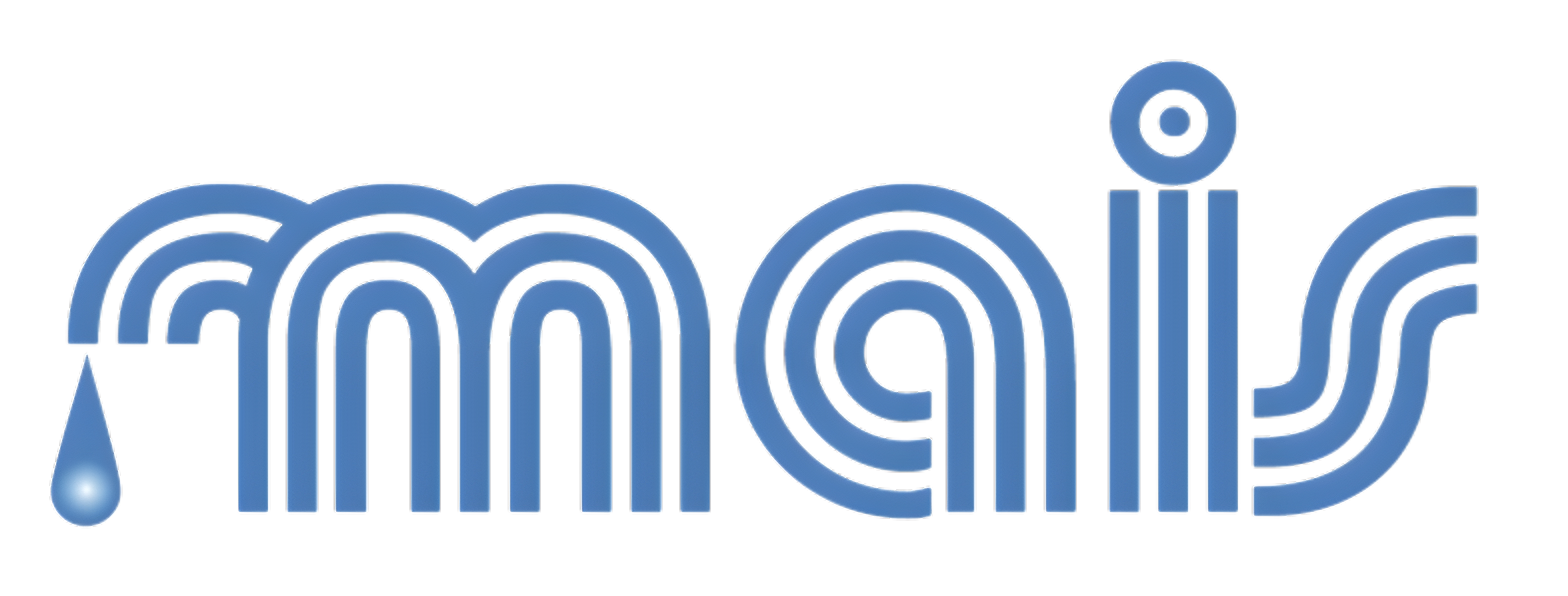Standard Operating Procedure (SOP) for Extruder Machine
1. Purpose
To establish a standardized procedure for operating the extruder machine in polyethylene pipe production, ensuring safety, efficiency, and quality control.
2. Scope
This SOP applies to all operators and technicians responsible for the operation, maintenance, and monitoring of the extruder machine in plastic pipe manufacturing.
3. Responsibilities
- Machine Operators: Operate the extruder machine as per standard procedures.
- Supervisors: Monitor production efficiency and quality.
- Maintenance Technicians: Perform preventive and corrective maintenance.
- Quality Control Personnel: Ensure compliance with production standards.
4. Safety Precautions
- Wear appropriate personal protective equipment (PPE) including gloves, safety goggles, and heat-resistant clothing.
- Ensure emergency stop buttons are functional before starting operations.
- Avoid direct contact with hot surfaces of the extruder machine.
- Keep the work area clean and free from obstructions.
- Follow lockout/tagout procedures before performing maintenance.
5. Operating Procedure
5.1 Pre-Startup Checks
- Ensure the machine is clean and free from previous material residues.
- Check power supply, control panel, and emergency stop functionality.
- Verify raw materials (PVC, HDPE, or other polymer) are available and meet quality standards.
- Set temperature zones according to material specifications.
5.2 Machine Startup
- Turn on the main power supply and set temperature zones.
- Allow the extruder to reach the required temperature before feeding raw material.
- Start the screw rotation at low speed and gradually increase to the required RPM.
- Monitor motor load and ensure there are no unusual vibrations or noises.
5.3 Production Process
- Feed raw material consistently into the hopper.
- Adjust screw speed, temperature, and pressure as per standard settings.
- Monitor die head and calibrator to maintain pipe dimensions.
- Ensure proper water cooling and vacuum calibration for pipe shaping.
- Conduct periodic thickness and diameter measurements for quality control.
5.4 Shutdown Procedure
- Reduce screw speed gradually and stop material feeding.
- Allow the remaining material to be extruded before shutting off the heater.
- Turn off the screw rotation and cooling system.
- Clean the die and calibrator to prevent material buildup.
- Log operational data and report any issues to the supervisor.
6. Maintenance Guidelines
- Perform daily cleaning of the hopper, barrel, and die head.
- Lubricate moving parts as per the maintenance schedule.
- Inspect heating elements, screws, and barrels for wear and tear.
- Replace damaged parts as per manufacturer recommendations.
- Maintain records of maintenance activities.
7. Troubleshooting Guide
| Issue | Possible Cause | Corrective Action |
| Uneven pipe thickness | Incorrect die settings, inconsistent material feed | Adjust die settings, ensure consistent material supply |
| Surface defects on pipes | Contaminated material, improper cooling | Use clean raw material, adjust cooling system |
| Extruder overheating | Excessive screw speed, poor ventilation | Reduce screw speed, improve cooling |
| Low extrusion output | Blocked die, worn-out screw | Clean die, replace worn screw |
8. Documentation & Record-Keeping
- Maintain a daily production log.
- Record any machine issues and actions taken.
- Submit reports to the production supervisor at the end of each shift.
9. Compliance & Continuous Improvement
- Operators must be trained before handling machines.
- Follow factory regulations and safety protocols.
- Regular refresher training should be conducted.
Approvals:
Approved By: [Factory Manager]] | Date: [DD/MM/YYYY]
Approved By: [Production Manager] | Date: [DD/MM/YYYY]
Prepared By: [Name/Title] | Date: [DD/MM/YYYY]

